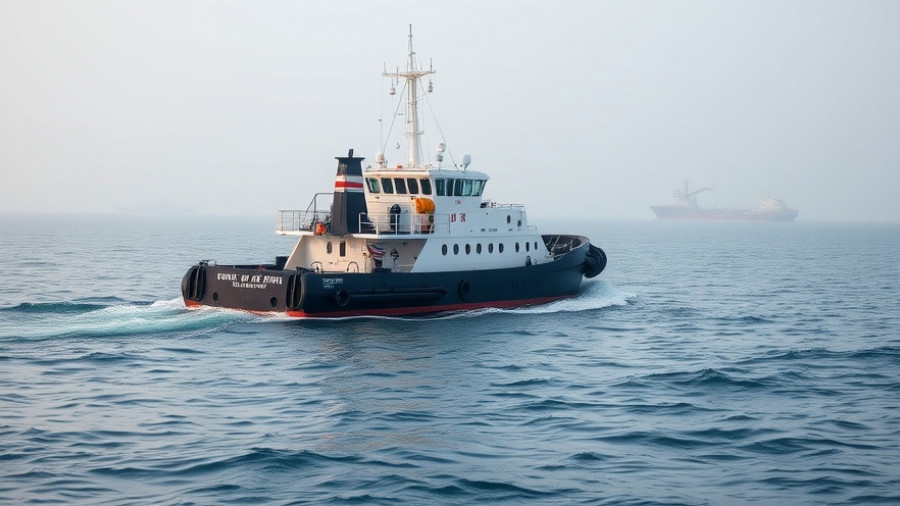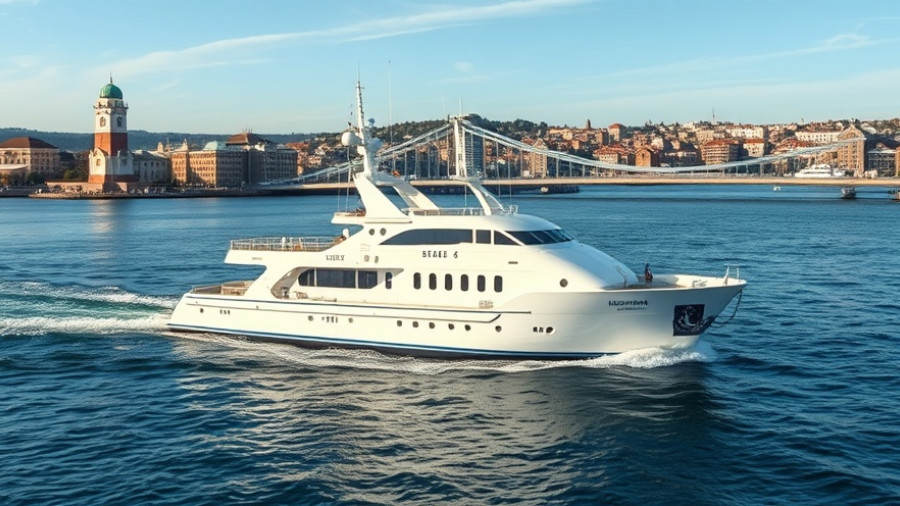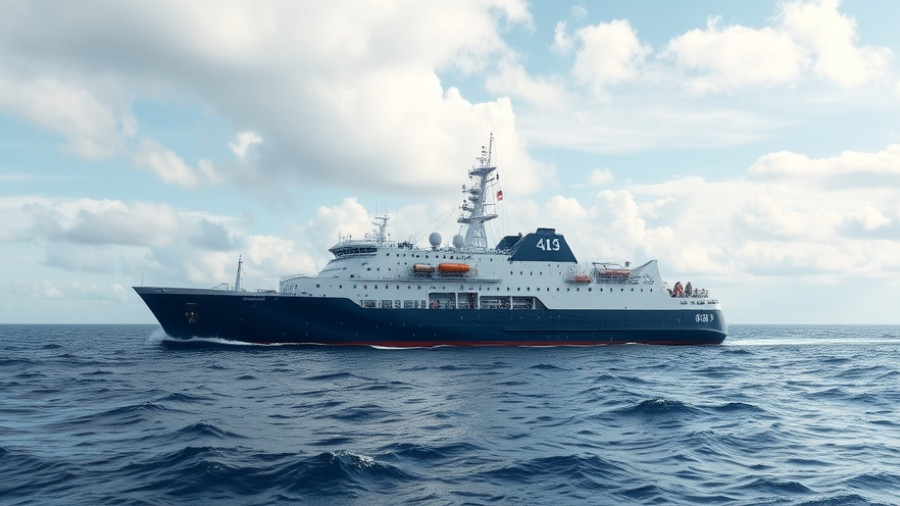
Bringing Tradition and Innovation Together: The Coast Guard's New Era
As maritime threats evolve and the demand for coastal security increases, the U.S. Coast Guard is stepping up its game with the recent commissioning of the Coast Guard Cutter Earl Cunningham, a significant addition to its fleet of Fast Response Cutters. Officially launched on August 12, 2025, in Kodiak, Alaska, this new vessel marks not just a technological advancement but also a tribute to the heroism of its namesake. It's not just machinery; it's about honoring valor and legacy.
The Legacy of Earl Cunningham: A Tribute to Sacrifice
Petty Officer 2nd Class Earl Cunningham was not just a soldier; he represented the very essence of bravery and selflessness. Enlisting in 1928, he eventually paid the ultimate price while attempting to rescue stranded fishermen on Lake Michigan in 1936. His tragic story illustrates the dangers faced by those in the Coast Guard and serves as a reminder of the human stories behind the uniform. The posthumous award of the Gold Life Saving Medal encapsulates his dedication, further linking the cutter's mission to his heroic legacy.
Fast Response Cutter: A Game Changer for Alaska's Waters
The Earl Cunningham, being the 59th Fast Response Cutter, is designed to perform essential tasks along crucial waterways: from search and rescue missions to drug interdiction efforts. By serving primarily around the Aleutian Islands and Bering Sea, the vessel is expected to tackle challenges posed by both nature and human activities—making it an indispensable asset in safeguarding vital maritime interests.
Advancements in Shipbuilding Technology: The Future is Bright
This vessel's commissioning comes at a time when the Coast Guard is actively modernizing its capabilities. Funded through President Trump's historic $25 billion investment commitment, the new series of Fast Response Cutters, including Earl Cunningham, marks a high-water mark in U.S. maritime safety technology. Built to replace antiquated Island-class patrol boats from the 1980s, the new fleet is poised to improve overall operational effectiveness, showcasing how technological advancements can bolster national defense.
What This Means for Coastal Security and Community Safety
The introduction of the Earl Cunningham not only enhances safety for individuals and communities but also strengthens the Coast Guard's presence in vital maritime environments. By focusing on missions—from fisheries enforcement to drug interdiction—this cutter represents a proactive approach to tackling evolving threats on the high seas, including illegal fishing and smuggling activities.
Looking Ahead: The Potential Impact of the New Cutter
As we embrace the future, the Earl Cunningham is not just a vessel; it embodies the spirit of continuity in tradition and the urgency of innovation. With evolving challenges, the Coast Guard's commitment to investing in their fleet, ensuring the safety of U.S. coastal areas, and honoring legends like Earl Cunningham reminds us that while sea commerce grows, so must our guardians against the tides.
 Add Row
Add Row  Add
Add 




Write A Comment